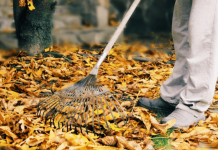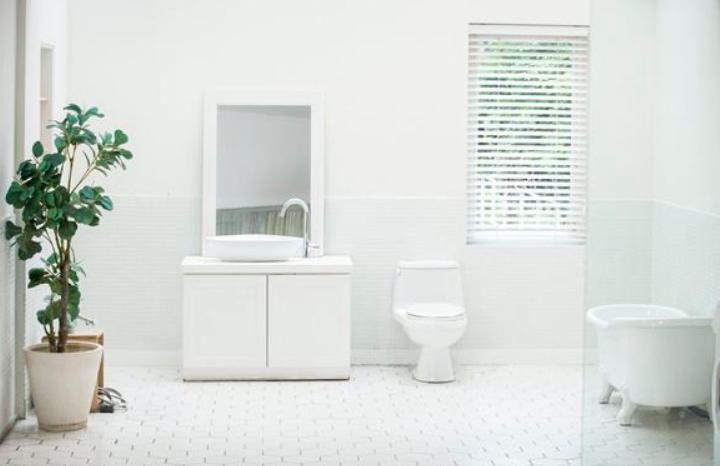Range hoods, Kitchen filters
A cooker hood is a very useful helper in your kitchen. However, choosing and installing the right air cleaner is not enough, you need to keep the appliance in working order.
As kitchen design changes, the hood is increasingly becoming the focal point of the space. The hood cover itself is made of everything from stainless steel to bronze to copper. Others are made to order with finishes that can be Venetian stucco, painted grade boards or rustic barn wood, depending on your kitchen decor.
While the beautiful hood cover is eye-catching, the more important elements are the functional parts hidden underneath, such as the circulation fan, filter, and exhaust duct. It’s important to use them and keep them clean, whether they are cabinet covers or simple metal vents under the cabinet or vents and the microwave.

How often to clean a kitchen hood
So, you’re constantly using your hood to remove grease and food particles. This means that you need to clean it.
If you cook every day, the inside and outside surfaces of the hood and the filter should be cleaned monthly. If you don’t cook, seasonal cleaning is enough. Even without cleaning the rest of the hood, always plan to clean the filter after preparing for holiday festivities.
Fans and air intakes draw grease and food particles into the pipes and naturally stick to the surfaces. Cleaning is necessary not only to keep the hood looking and smelling good, but also to prevent fires in the home. According to the Federal Emergency Management Agency, cooking is the leading cause of residential fires, with carelessness, smoking and electrical problems being the leading causes. In commercial kitchens, the statistics are even more dramatic. If a pot or pan is left on the stove for too long, flames can develop that spill over to the grease hood, causing serious structural damage.
How to make sure your hood is not working
There are three indicators that your hood is not working properly. Once you find these problems, it’s time for cleaning, repair, or replacement.
- The hood is not picking up smoke from the room. Even at the highest setting. This could mean that the filter or tube is clogged with grease and needs cleaning, or the fan motor has failed.
- The motor is very noisy or constantly humming. An unusually loud or strange sound indicates that the engine is running too hard. Cleaning or replacement may be necessary to prevent rubbing or grinding.
- Light bulbs or setting switches are not working properly . It could just be a blown bulb or a problem with the electrical system that should be checked by a professional.
How to Clean a Hood
All types of hoods have a filter that is installed on the fan before entering the ductwork to help trap grease and food. Most filters are metal and can be cleaned and reused for years, and some are disposable charcoal filters. Check with the manufacturer for instructions. Fortunately, cleaning the hood filter is the easiest part of the job. You don’t even need harsh chemicals to do it.
1. Remove the filter
Start by removing the reusable filter. Most have a clasp that pulls out, or you use one. Fill the sink with boiling water. If you don’t have a sink, use a large heat-resistant pot or glass baking dish.
2. Prepare a detergent solution.
Add 1-2 tablespoons of dishwashing detergent to the water. Check the dishwashing detergent label for a degreasing agent. Add ½ cup of baking soda and mix the solution well.
3. Soaking the Filter
Immerse the filter in the solution and let it soak for at least 15 minutes. Cleaning is now unnecessary. If you get distracted, remove the filter before the water has completely cooled and the grease will lock the filter in place.
4. Cleaning and Rinsing the Filter
Then use a brush to remove any oil or food residue stuck to the filter. Rinse the filter well with hot water and dry it thoroughly before placing it back in the hood.
How to clean the inside and outside surfaces of the hood
Just as filters require regular cleaning, the interior surfaces also need to be checked for grease and dirt. Ideally, the hood should be installed 24 to 30 inches above the burner to allow plenty of room for food.
Required accessories:
- spray degreaser
- soft brush
- Paper towels or rags for cleaning
Apply the degreaser
Make sure there are no dishes on the stove (drips may form). Spray the degreaser. Allow it to work for at least 15 minutes.
Wipe off the degreaser.
Wipe off the detergent and dirt with a paper towel. If particles remain, apply some degreaser to a brush and rub the affected area.
Rinse off
Finish by wiping off any remaining residue. Finally, soak a clean paper towel or cloth in warm water and rinse the inside to remove any detergent residue.
What you need to clean the exterior
Cleaning the outside surface depends on the material the hood is made of. Under-cabinet hoods or microwave ovens with vents are made of stainless steel or painted metal. To avoid streaks on stainless steel, apply a drop of olive oil to a microfiber cloth for a final polish.
Large decorative hoods should be dusted weekly and cleaned monthly to maintain beauty. Follow the manufacturer’s or manufacturer’s instructions for different finishes. Copper and brass metal hoods may be heavily polished or have an old patina.
Why install and use a kitchen hood
Every time you cook food on the stove, small amounts of water, oil, and food get into the air. Heating food to high temperatures can produce smoke and ash. Without a hood, these particles would enter our lungs or settle on the walls and all surfaces of the kitchen and then in other parts of the house.
When you use a gas stove to cook food, carbon dioxide and water are released during combustion. Incomplete combustion releases nitrogen dioxide, which has been proven to irritate the respiratory system, especially in people with asthma or systemic disorders.
The hood lowers the temperature in the kitchen during cooking, reducing the load on the central air conditioner. Most hoods have a built-in light to help you during cooking and cleaning. Turn on the light to make sure the burner knobs and oven knobs are set correctly.
Whether you’re renovating a new home or updating an older home, hoods add value to your home. When selling your home, a clean, odor-free kitchen is much more attractive to buyers.
Now that you know why you need a hood, you should use it whenever you have the stove on.
Attention!
Be sure to wear a respirator and open wide the windows indoors!
And remember – it’s always easier to prevent pollution than to clean it. But even if you did not have time to carry out preventive work, you should not be afraid of cleaning – the video will clearly show you how to get down to business.








